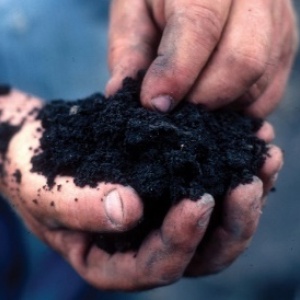
This paper looks at how soil can help contribute to climate mitigation. It argues that by decreasing greenhouse gas emissions, sequestering carbon and using prudent agricultural management practices that improve the soil-nitrogen cycle (tighter cycle with less leakage), it is possible to enhance soil fertility, bolster crop productivity, improve soil biodiversity, and reduce erosion, runoff and water pollution.
Soil hold about six times the amount of carbon dioxide currently in the atmosphere and has a potential to hold even more. Key approaches identified to achieving greenhouse gas mitigation from agricultural soils are: improving prediction models; finding 'big data' approaches to integrate land use; soil management; and technology to engage land users. The authors also highlight that changing soil management also requires an understanding of cultural, political and socio-economic contexts. The mitigation potential of existing and future soil management practices could be as high as 8 petagrams of carbon per year, but how much is achievable depends on the implementation strategies, and socio-economic and policy constraints.
Abstract
Soils are integral to the function of all terrestrial ecosystems and to food and fibre production. An overlooked aspect of soils is their potential to mitigate greenhouse gas emissions. Although proven practices exist, the implementation of soil-based greenhouse gas mitigation activities are at an early stage and accurately quantifying emissions and reductions remains a substantial challenge. Emerging research and information technology developments provide the potential for a broader inclusion of soils in greenhouse gas policies. Here we highlight ‘state of the art’ soil greenhouse gas research, summarize mitigation practices and potentials, identify gaps in data and understanding and suggest ways to close such gaps through new research, technology and collaboration.
Citation
Paustian, K., Lehmann, J., Ogle, S., Reay, D., Robertson, G. P., Smith, P., (2016) Climate-smart soils. Nature, 2016; 532 (7597): 49 DOI: 10.1038/nature17174
Read the full paper here and see further coverage here.
You can read more about soils, carbon sinks and sequestration and land-use and land use change in our research library.







Post a new comment »